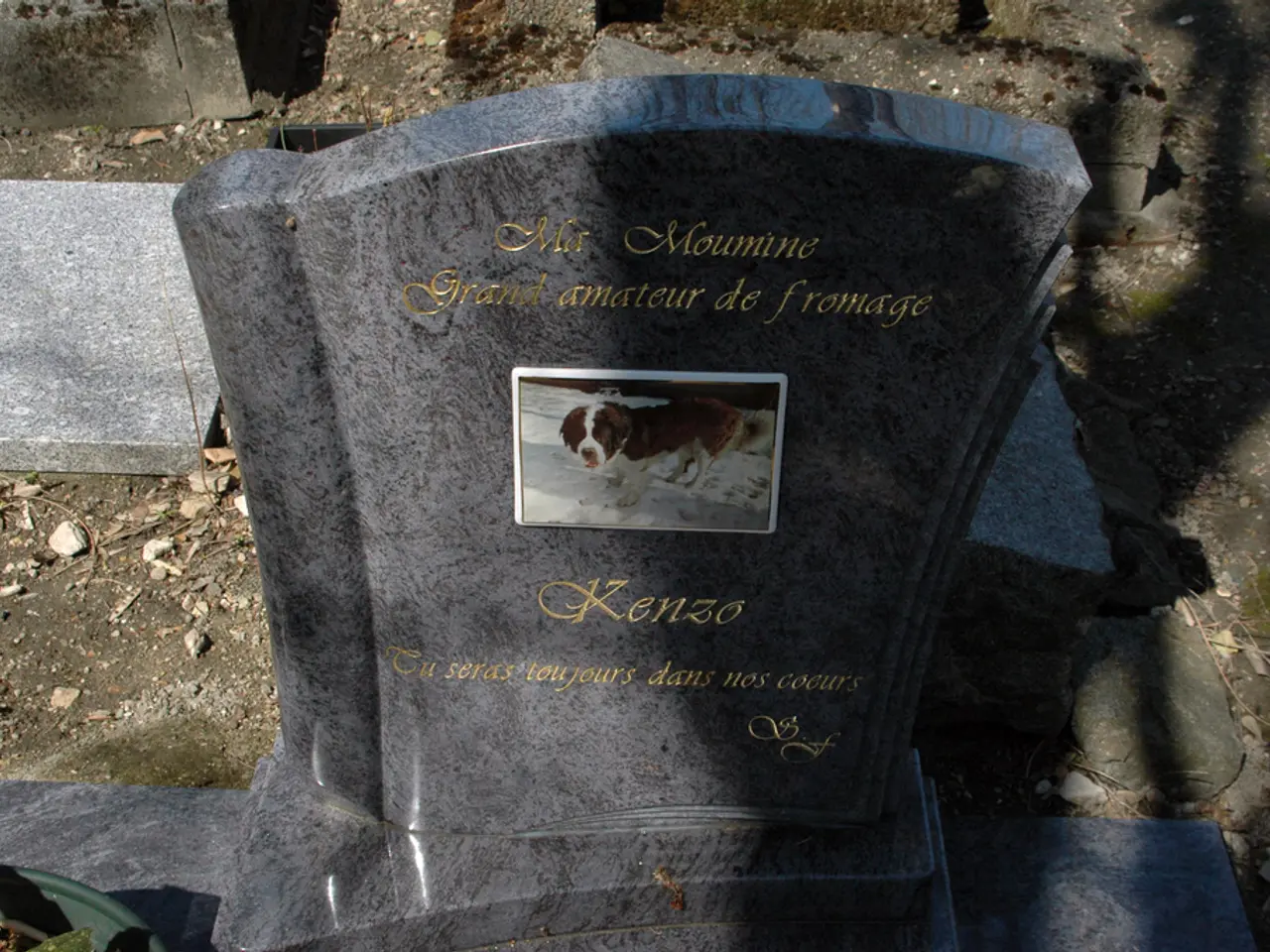Unusual Tales from History's Most Unusual Demises
In the realm of mortality, death can often be a mysterious and intriguing subject. Throughout history, there have been numerous instances of unusual and extraordinary deaths, many of which involve strange accidents, unexpected causes, or bizarre circumstances. Here are some detailed examples of such deaths and their causes.
In the 700s AD, the renowned Chinese poet Li Po drowned in the Yangtze River after falling from a boat while trying to embrace the moon's reflection. Fast forward to the 21st century, and we find modern-day examples of unusual deaths. Steve Irwin, the "Crocodile Hunter," was killed by a stingray barb, while a 10-year-old boy met his end on a water slide ride after being decapitated.
Historical figures have also experienced their fair share of bizarre demises. King Pyrrhus of Greece met his end during battle in a curious way: an enemy soldier’s mother threw a roof tile at him from an upstairs window, knocking him out, after which the soldier killed him. Two French kings, Louis III and Charles VIII, died from injuries related to door frames. The former hit his head on a door frame while chasing a girl on horseback indoors, while the latter slipped on a wet floor and bounced his head off a door lintel.
Some historical figures met their end due to poisoning. Socrates was executed by drinking poisoned hemlock, as was Cleopatra VII, who was bitten by an Egyptian asp (venomous snake). Artaxerxes III of Persia was poisoned by his own court physician as part of a political conspiracy, and Hannibal Barca committed suicide by poison to avoid capture by the Romans.
Historical strange phenomena include the Dancing Plague of 1518, when hundreds danced uncontrollably for days, and some reportedly danced themselves to death. Causes of this phenomenon are still debated, with mass hysteria or ergot poisoning being leading theories.
Ironic or unexpected mechanisms have also led to some notable deaths. Hans Steininger, an Austrian with a beard four and a half feet long, died in a fire in 1567 by breaking his neck after stumbling on his own beard while trying to escape the heat. Chrysippus, a Greek philosopher, died from laughing too much in 207 BC after finding a donkey eating wine-soaked figs comical.
King Adolf Frederick of Sweden died at the age of 61 in 1771 from eating too much. His feast included lobster, caviar, sauerkraut, cabbage soup, smoked herring, champagne, and 14 servings of the dessert semla. The Bena Tshadi soccer team was struck by lightning during a match in Congo in 1998, resulting in the deaths of all 11 members.
These cases show death can occur through highly unusual causes, including accidents from mundane objects, poisons, natural animal attacks, or mass psychological phenomena. Many of these accounts are documented with some historical dispute, but they remain striking examples of the strangeness of mortality across time.
Entertainment often delves into the intriguing stories of historical figures' unusual deaths, such as Steve Irwin's death by a stingray barb or King Pyrrhus's demise from a thrown roof tile. Furthermore, the realm of pop-culture has been influenced by these extraordinary events, with tales of bizarre deaths becoming part of the collective history.








